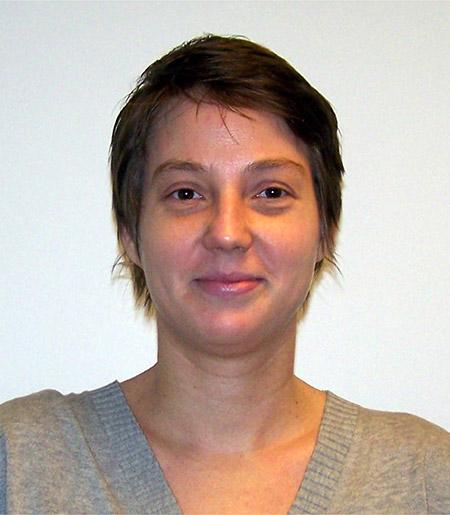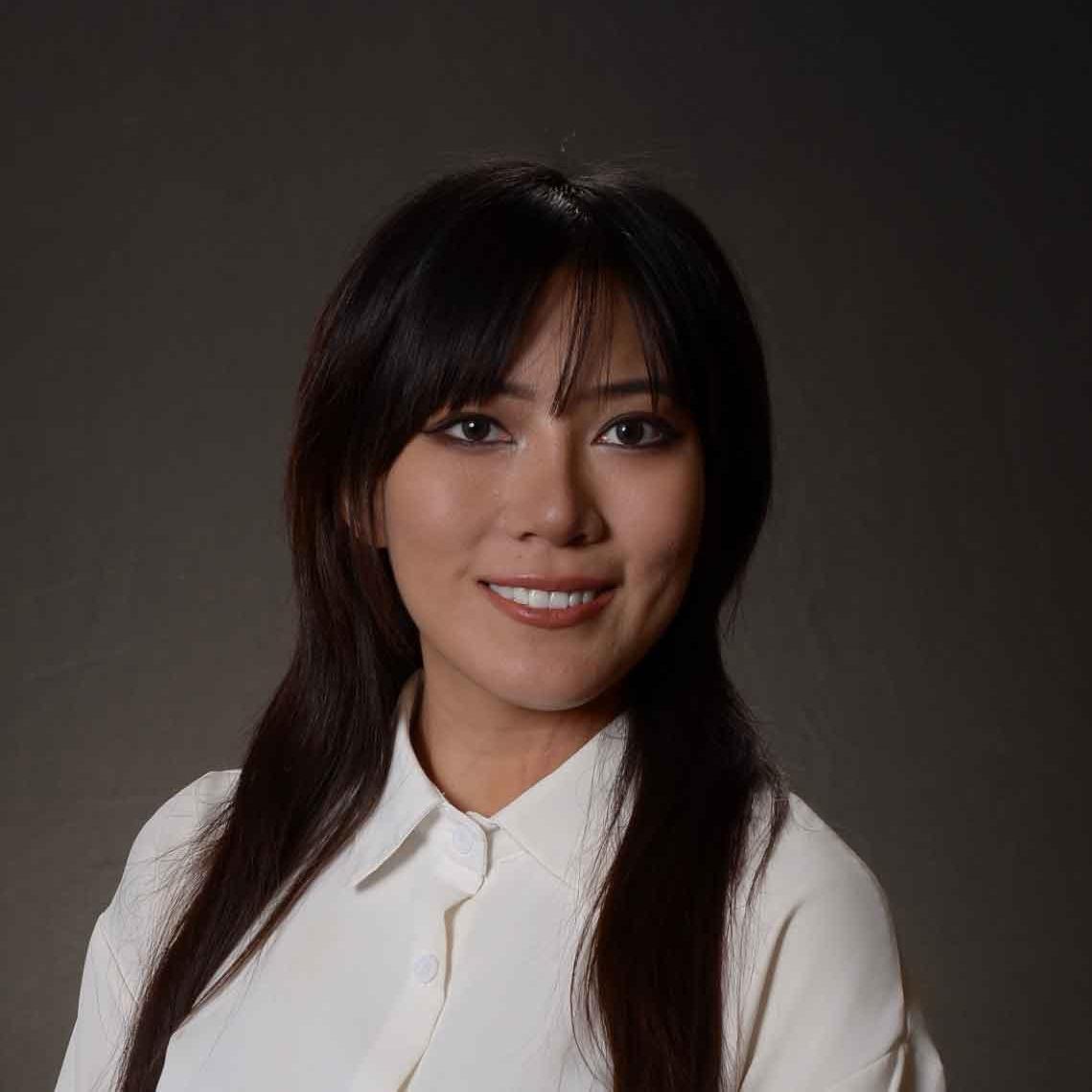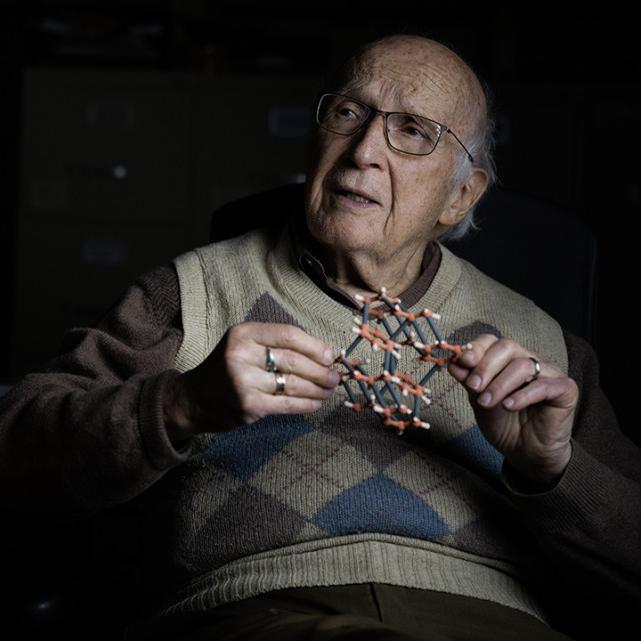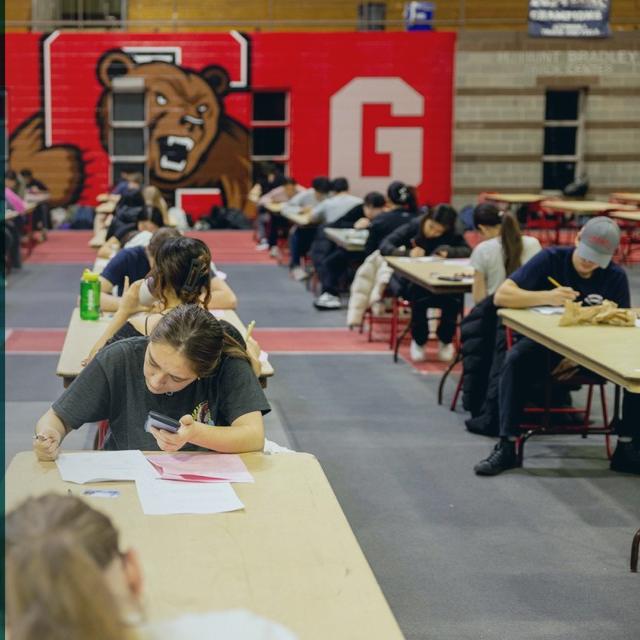
 Department Homepage
The College of Arts & Sciences
Department Homepage
The College of Arts & Sciences
Math prof uses optimal control, game theory to attack cancer cells, move pedestrians, plan paths for robots
Alex Vladimirsky is the type of mathematician who draws inspiration from real-world problems. This was one of his main reasons for joining Cornell, where interdisciplinary collaborations are both valued and encouraged.




